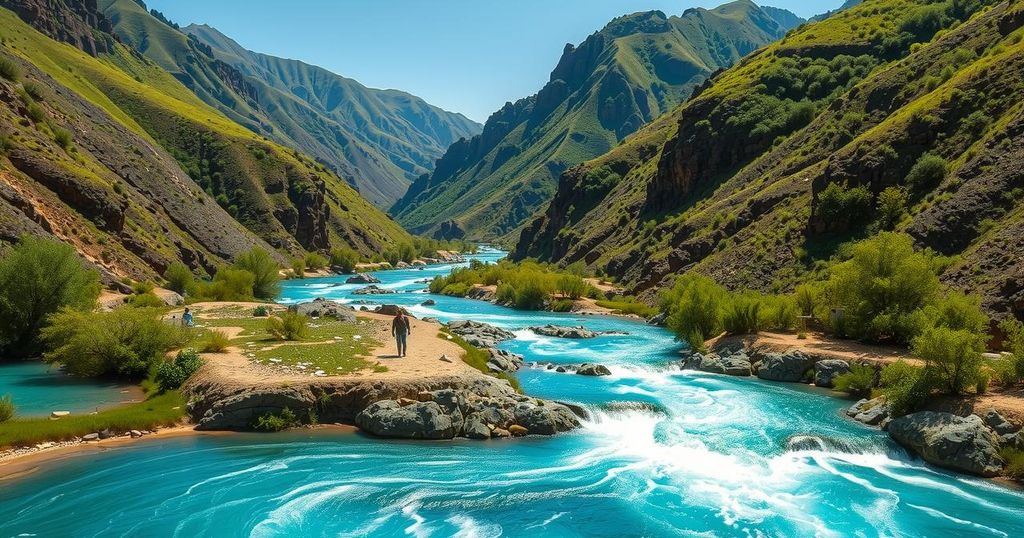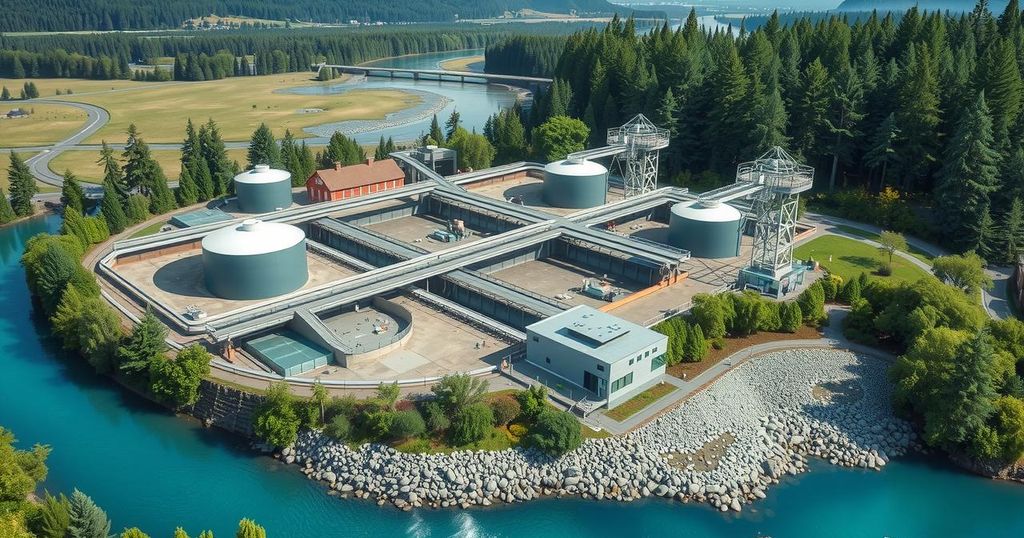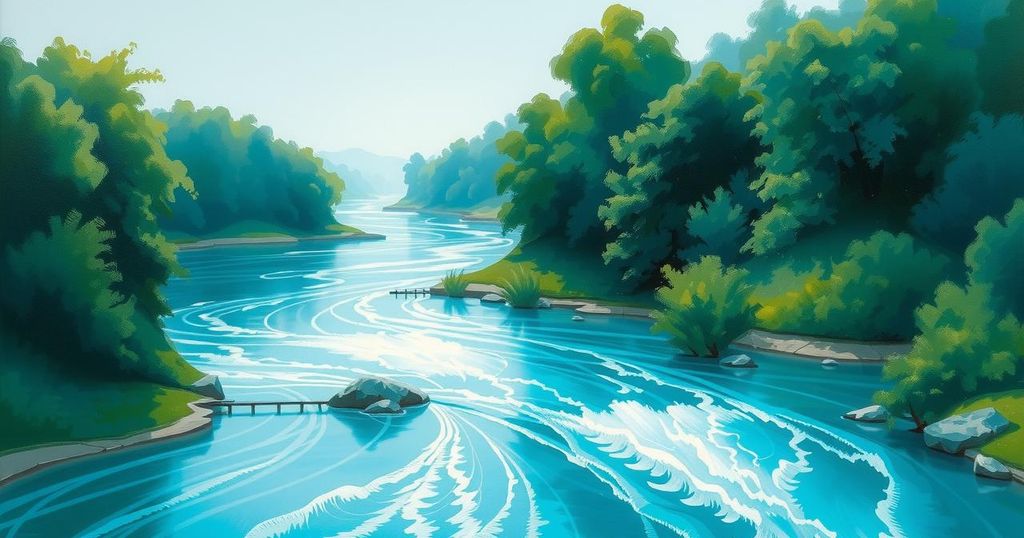Morocco has initiated a “water highway” project, investing $728 million to redirect surplus water from northern rivers to supply major urban areas like Rabat and Casablanca. While the project effectively addresses current water shortages, experts express concerns about its long-term sustainability due to climate change, prolonged droughts, and heightened irrigation demands.
Morocco has invested $728 million in a project termed a “water highway,” aimed at redirecting surplus water from the Sebou River to supply the capital, Rabat, and major economic center, Casablanca. This initiative addresses immediate water supply needs of approximately 12 million citizens, especially following recent crises when Rabat’s primary reservoir nearly ran dry. Future plans involve extending the project to provide water for Marrakesh by utilizing additional northern rivers.
The significant disparities in rainfall distribution across Morocco present challenges; Water Minister Nizar Baraka highlighted that 53 percent of rainfall occurs in merely 7 percent of the national territory. The “water highway” aims to make use of the surplus flows historically generated by northern rivers, which largely benefit from the higher precipitation levels in the Atlas mountain ranges.
Constructed in Kenitra, the diversion dam holds back the Sebou River’s flow before it reaches the ocean. The water is subsequently treated and transported through a 67-kilometer underground canal. Official statistics indicate that over 700 million cubic meters (24.7 billion cubic feet) of drinking water have been delivered to Rabat and Casablanca since the project’s launch in August.
Despite these advances, experts express concern regarding the sustainability of the water supply, particularly given Morocco’s ongoing drought, which has persisted for six consecutive years. The kingdom’s annual water availability has dwindled from an average of 18 billion cubic meters in the 1980s to a mere five billion today. Current drought conditions have seen rainfall decrease by 75 percent below historical norms.
Climate change exacerbates these issues, with higher temperatures leading to increased evaporation and anticipated future reductions in rainfall in northern regions. Researcher Nabil El Mocayd warned that these areas are projected to suffer more due to climate change, putting the viability of the “water highway” at risk. The growing water demand for irrigation in Morocco’s agricultural sector, which employs nearly a third of the workforce, further complicates the matter, necessitating improved water management practices.
Researcher Abderrahim Handouf stressed the effectiveness of the “water highway” but cautioned that without proper alternatives and measures like desalination investment, a crisis may loom even in water-abundant northern regions.
In conclusion, Morocco’s “water highway” serves as a critical intervention to alleviate immediate water supply issues faced by major cities. However, the sustainability of this initiative remains highly questionable due to ongoing drought conditions, climate change, and increased water demand in agriculture. Authorities and experts alike acknowledge that serious long-term solutions, including investments in water-efficient practices and desalination technology, are necessary to secure the nation’s water future.
Original Source: www.swiowanewssource.com




